
Everyone said that before you learn to tune, you must first learn how to listen. Otherwise, how can you tune even if the sound is not correct? Hsinchu Shengfengqun Audio has recently held a very special "XYZ Three-Axis Listening Method", which was given by Mr. Jiang Xiaodong. Through his many years of experience, he told everyone how to use the easiest way to identify the sound of the system. correct.
Mr. Jiang Xiaodong of Shengfeng Group Audio has more than 20 years of audio qualifications, and there are countless audio cases in his hands. With his experience, even a system with a good price, if it can be tuned according to his three-axis theory, can also issue high-priced systems. A fight of sound. This is why there are so many high-priced equipment on the scene that day, Jiang Xiaodong only selected Cyrus CD i CD and 8 DAC integrated amplifier, coupled with the PMC twenty 22 bookshelf speaker such a mid-priced system to demonstrate.
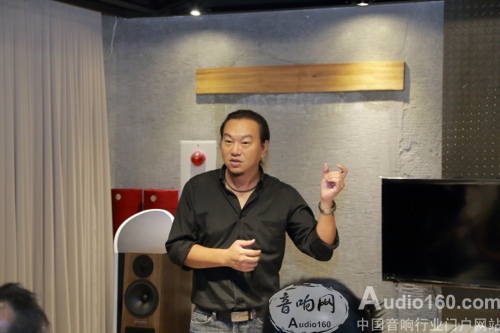
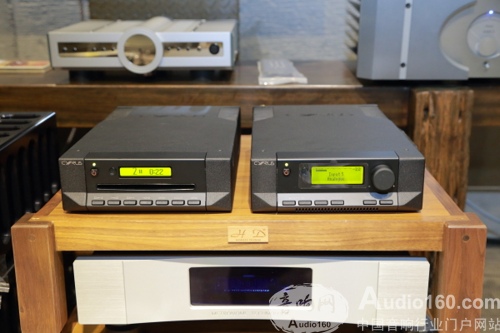

Jiang Xiaodong opened the emperor and emphasized that it is easy to call up the correct sound by referring to the sound structure of the live performance. He gave a simple example. The lead singer always stood before the orchestra, at the forefront of the stage. The song of the singer is also the main point of the whole song. Therefore, the vocals must be obvious and clear and not covered by the orchestra. With this simple logic, you can find the right sound. The three-axis tuning method is to discover these logics one by one, and to summarize the tuning methods. However, before teaching the three-axis tuning method, we must first know what logic can be followed. This lecture teaches the use of simple logic to define the three-axis listening method and identify whether the system is correct.
To put it simply, the "3-axis listening method" is the easiest way to hear the most correct sound, but not to listen to the sound, so it is not necessary to distinguish whether it is a beautiful sound. It is a "not beautiful voice." How do you listen to the three axes? Jiang Xiaodong first took out a guitar to demonstrate. When he sat playing, the bass string of the guitar (the thicker string) was on, the treble string (the thinner string) was below, he dialed the bass string first, then dialed The treble string, at this point, the position of the bass can be heard slightly higher than the treble, which is the sound distribution of the guitar on the Y axis, which means that if you use your system to replay the guitar solo, you should also I can hear the situation where the bass is on and the treble is under.
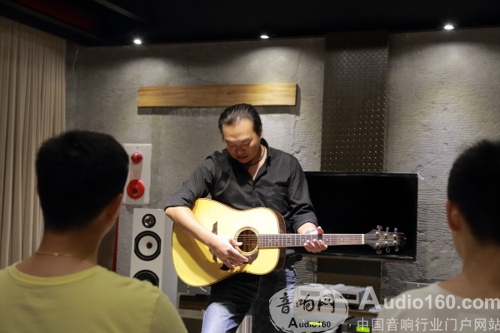
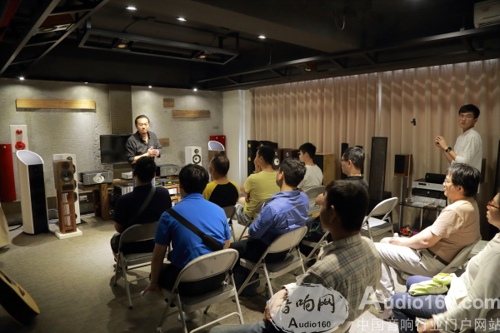
What about the X axis? Jiang Xiaodong used the cello as an example. When we face the cello player in front, the cello is played upright. No one should play the cello horizontally. The bass string is on the left side of the listener and the treble string is on the right, so the bass will be left, treble. Right then, this is the X axis. However, there was no cello at the scene, so he did not demonstrate it on the ground.
What about the Z axis? At this time, Mr. Jiang took out another violin and asked a young man to try to pull it. The man is playing in the standing position of the violinist we see in general. At this time, the bass string is behind (for the listener, it is far away), and the treble string is in front (for the listener, it is away) It is closer, so it sounds farther when pulling the bass strings, and the treble strings are closer. This is the Z axis. Or taking the piano as an example, he said that in the concert hall, the piano is placed sideways to the audience. The bass keys are farther and the treble keys are closer, so the bass sounds farther and the treble sounds closer.
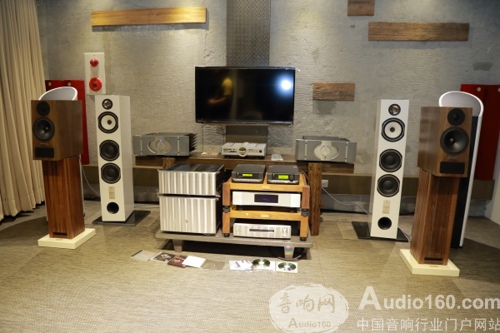
Jiang Xiaodong said that as long as the sound system is correctly adjusted, the distribution of the X, Y, and Z axes of the real instrument during live performance can be replayed. By following this principle, you can tell whether your system is correct. He also shared a principle of loudness, that is, in a sound field, the sound is usually small (before), and the sound is large (farer); after the bass, the sound is large, the treble is in front, and the sound is small. For example, in a symphony recording, the tonal drum and brass tube have loudness and low frequency, which are arranged at the end of the orchestra, so the sound sounds farther. On the contrary, the lead singer or violin, with high frequency and small volume, are arranged. Before, so it sounds close to the location. Jiang Xiaodong said that by following these simple principles, you can easily distinguish whether the sound of the system is correct.
After listening, I found out that the system is not correct. What should I do? How can I get the right sound? Jiang Xiaodong sold a Guanzi and said, "Three-axis listening" teaches how to distinguish. As for how to adjust, it will be left to the next three-axis adjustment course.
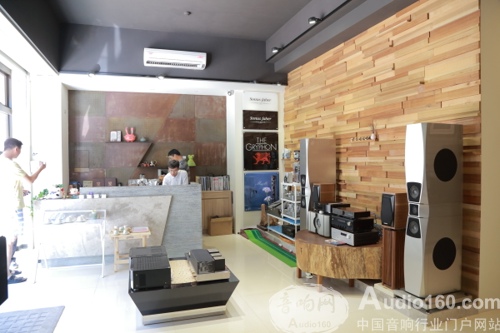
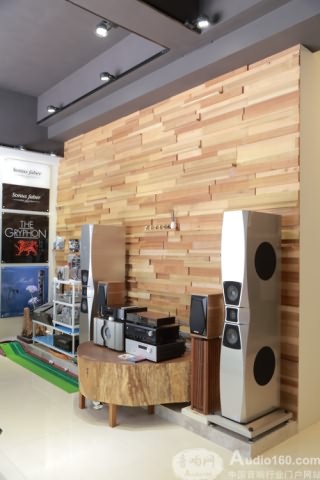
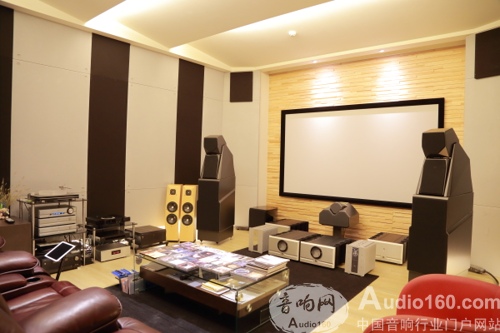

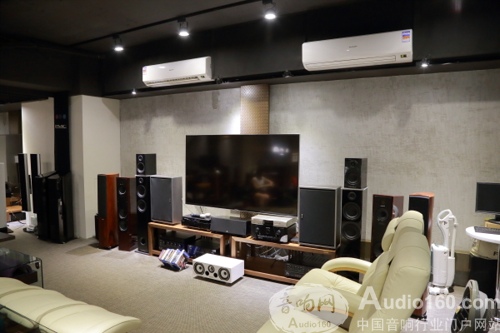
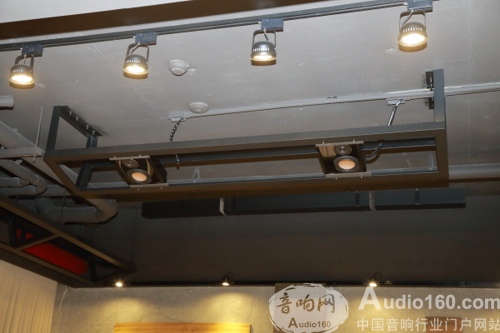
Abs Fiber Optic Trays are an essential component in fiber optic networks. They are designed to securely hold and protect fiber optic cables, connectors, and splices. These trays are made of ABS plastic, a thermoplastic polymer that is known for its strength and durability. They come in various sizes, shapes, and configurations to accommodate different fiber optic applications.
One of the key features of ABS Fiber Optic Trays is their ability to organize and manage fiber optic cables. The trays have multiple slots or compartments that can hold individual cables or cable bundles. This helps to prevent tangling, twisting, and damage to the cables, which can lead to signal loss and network downtime. The trays also have built-in cable management features, such as cable ties and clips, that further enhance cable organization and protection.
Another important function of ABS Fiber Optic Trays is to house fiber optic connectors and splices. The trays have specialized compartments or adapter panels that can hold different types of connectors, such as SC, LC, ST, and MTP. These compartments are designed to provide a secure and stable connection between the connectors and the fiber optic cables. The trays also have splice trays or fusion splice holders that allow for easy and efficient splicing of fiber optic cables.
ABS Fiber Optic Trays are also designed with ease of installation and maintenance in mind. They can be mounted on racks, cabinets, or walls using various mounting options, such as screws, brackets, or adhesive pads. The trays have removable covers or doors that provide easy access to the cables, connectors, and splices for installation, inspection, and maintenance. The covers or doors also protect the contents of the trays from dust, debris, and other environmental factors.
In addition to their functional features, ABS Fiber Optic Trays are also aesthetically pleasing. They have a sleek and modern design that blends well with other network equipment and infrastructure. The trays come in different colors, such as black, white, and gray, to match the color scheme of the network environment.
Overall, ABS Fiber Optic Trays are an essential and versatile component in fiber optic networks. They provide a secure and organized way to manage fiber optic cables, connectors, and splices, while also being easy to install and maintain. With their strength, durability, and aesthetic appeal, ABS Fiber Optic Trays are a reliable and cost-effective solution for any fiber optic network.
Abs Fiber Optic Trays,Aluminum cable trays in data room,Abs Optic Fiber Cable Tray,Grid cable trays in data room,PVC Fiber Optic Cable Trays
Rayhot Technology Group Co.,Ltd , https://www.cnrayhot.com